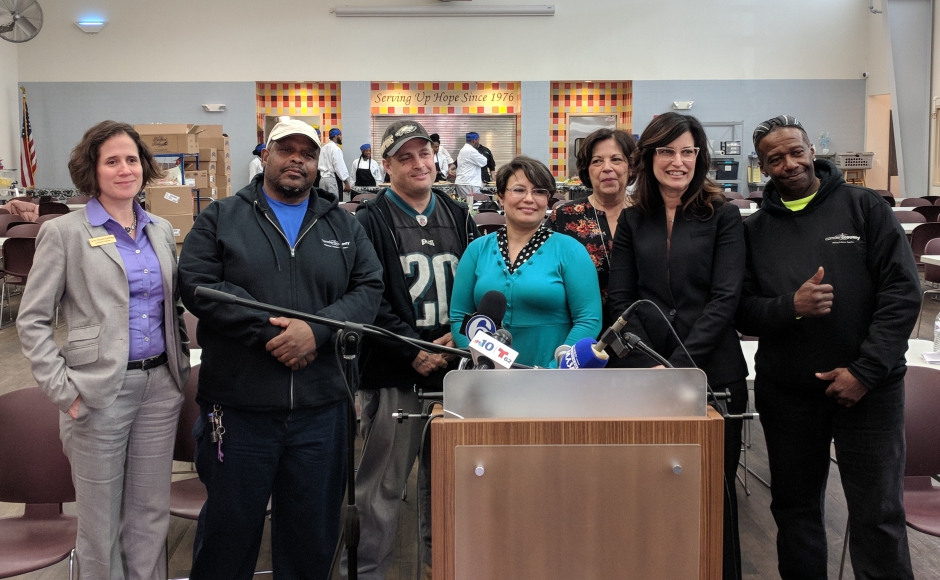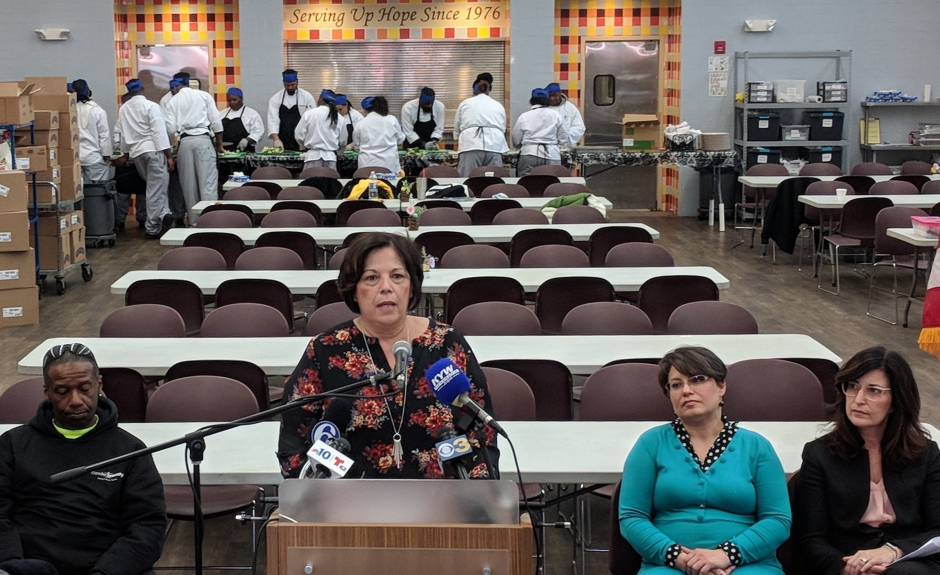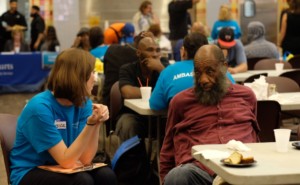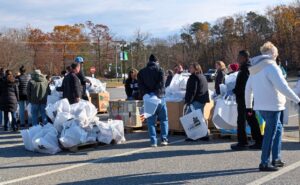Since 2018, the program and its predecessor have diverted county residents from panhandling to day labor to permanent positions and the services necessary to change their fortunes.

By Matt Skoufalos | March 27, 2019
“Work Now,” the first of these programs, offers homeless people $15 an hour for their labor, typically cleaning up county parks.
Begun in 2018, it’s put 396 people to work by sending staff onto the streets twice a week to find participants.
“Bridge to Work,” which was established six months ago, recruits from that same labor pool to fill permanent, part-time positions at Camden County College.
Perhaps more importantly, however, each provides an entry point for a spectrum of support services that can get people the help they need to get back on their feet. That includes access to the documents they need to work, like birth certificates and social security cards.
Among the nearly 400 people who’ve participated in the programs, 127 have been placed in stable housing environments, and 11 of them have made it to permanent independent living.
For Deputy Camden County Administrator Holly Cass, that’s a win.
“It really is more about engaging individuals,” Cass said. “When you see an individual every day, you begin to build that trust, and that really is why we were successful in getting so many people to accept services.”
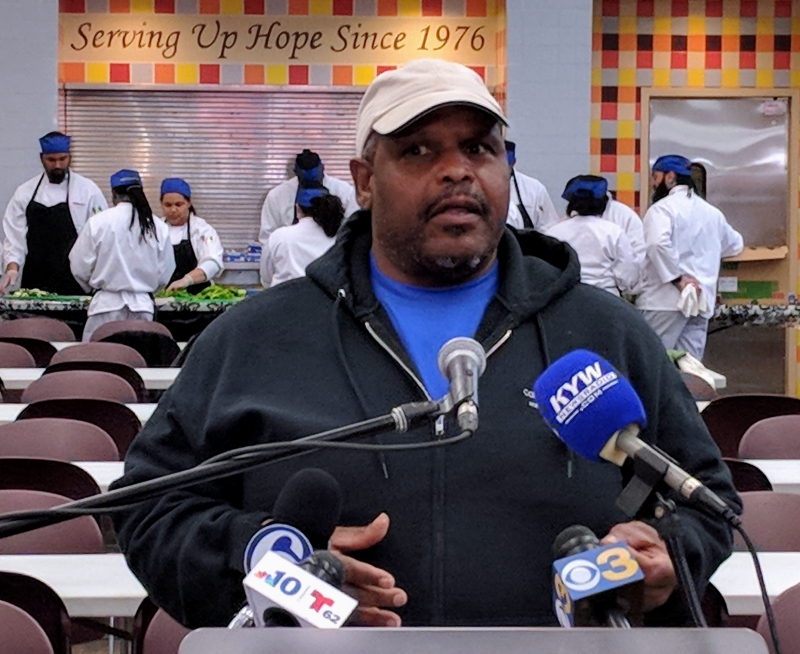
A major hurdle for many homeless people is what Bridge to Work participant Duncan Gaskins described as “the paper runaround,” i.e., the invisible barriers to help that can kill the inertia they need to change their circumstances.
“It can be very tiresome, draining,” Gaskins said; “with those of us that have mental issues, even moreso.
“But you have to make that choice,” he said. “I was tired of failing.”
Gaskins, a Mercer County native who came to Camden County last summer “trying to restart,” said he was “falling into the same old trap” of drugs and gangs when he got out of prison.
“It almost started again,” Gaskins said. “You get so frustrated that you might say, ‘To hell with it, I’m going back to doing what I know how to do; run the streets, use drugs, sell drugs.’”
But when he was invited to participate in the Work Now program, “that light bulb clicked, went off, and busted.
“Homelessness doesn’t have to be a lifestyle,” he said. “You can get your life back. You can move forward. You can gain things.”
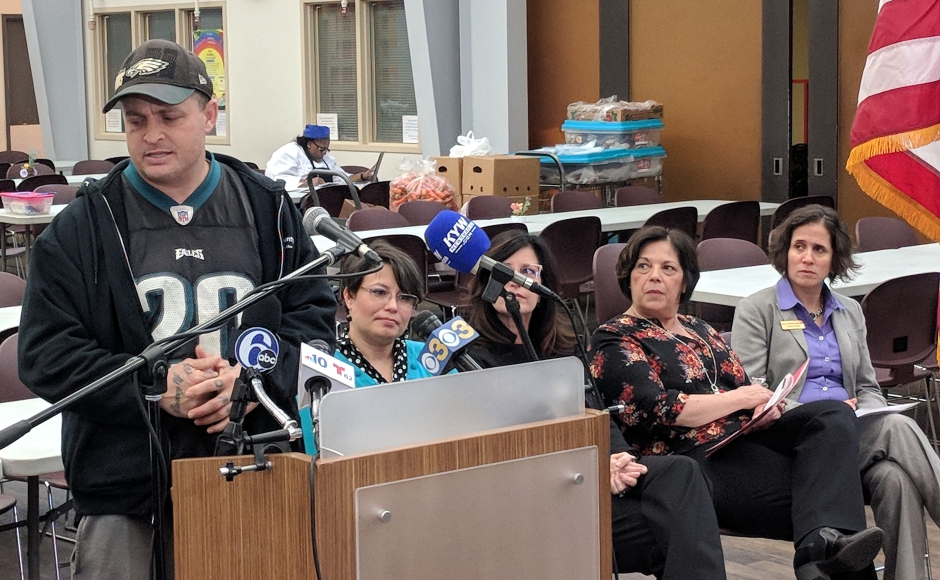
Bridge to Work participant Kevin Burke said the program helped him overcome some of that paperwork runaround as well as the emotional inertia needed to make the most of his opportunity.
“When you’re trying to fight a battle as fierce as homelessness, it almost feels like you can’t win,” Burke said.
“A background check has been a handicap for most of my life,” he said.
“When I was younger, I did a lot of stupid things,” Burke said. “You don’t realize the doors that you closed. Bridge to Work is a platform for you to get back into the employment status, into that frame of mind.
“For the most part, all of us are in a lot better position than we were six months ago when the program started,” Burke said.
For program participant Malcolm Flowers, Bridge to Work came into his life at a moment when he was ready to accept the opportunity.
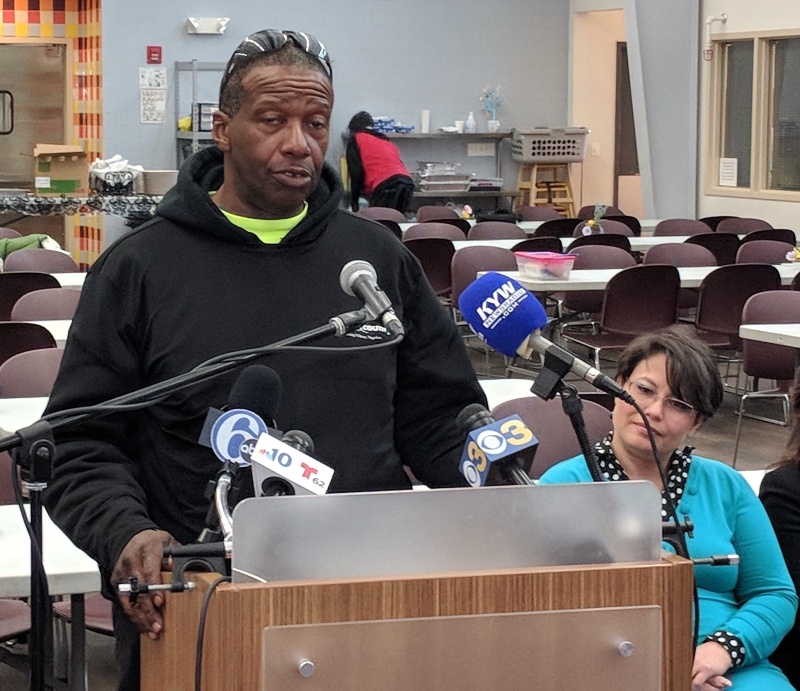
“I didn’t like sleeping under the bridge, being cold in the wintertime, putting in volunteer work to keep food in my belly,” Flowers said.
“I don’t want to stand on the corner asking you for a quarter, a dime, a nickel, when I could have a job,” he said.
“I’m pretty sure there’s people who are just like me, and they just need that opportunity.”
Tracking qualitative changes among the homeless population is tricky not least of all because it is such a fluid demographic.
Data are typically confined to point-in-time counts, which are statistically problematic, and the federal definition of being homeless spans a variety of personal circumstances.
For those reasons, the Camden County Homelessness Initiative is focused more on outcomes than outputs, said Freeholder Carmen Rodriguez.
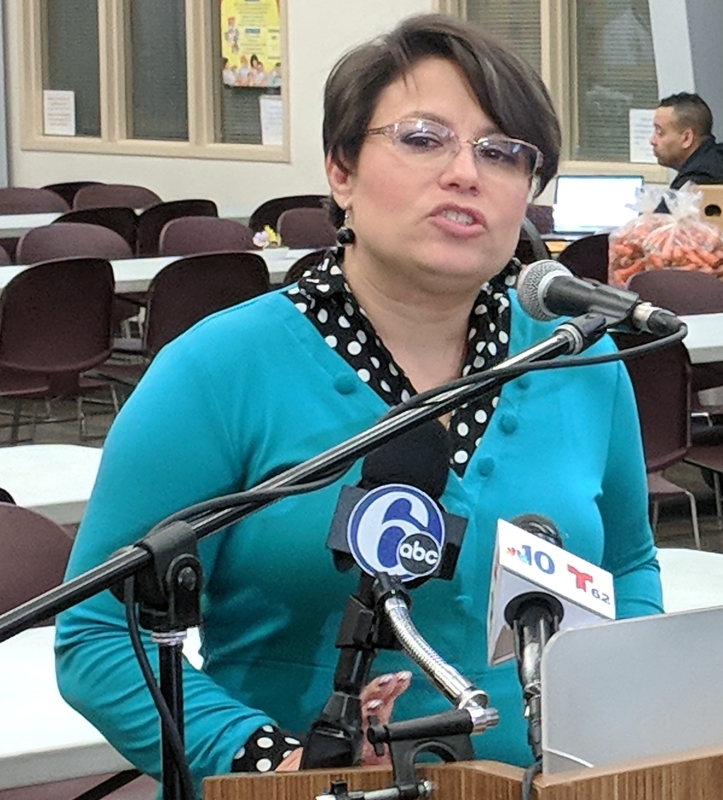
“The people we are working with are human beings,” Rodriguez said.
“They’ve encountered challenges in their lives that have led them into difficulty.
“We need to make sure we have a continuum of services that help individuals move from their situation into a situation of self-sufficiency,” she said.
“We need to meet people where they are instead of expecting them to come to us.”
Next up is finding more employers for the workers the labor pool can provide.
“There are many employers out there who may have that capacity to provide opportunities for work, and I want to invite them in,” Rodriguez said.
“We need more partners to this table that can do these things.”


